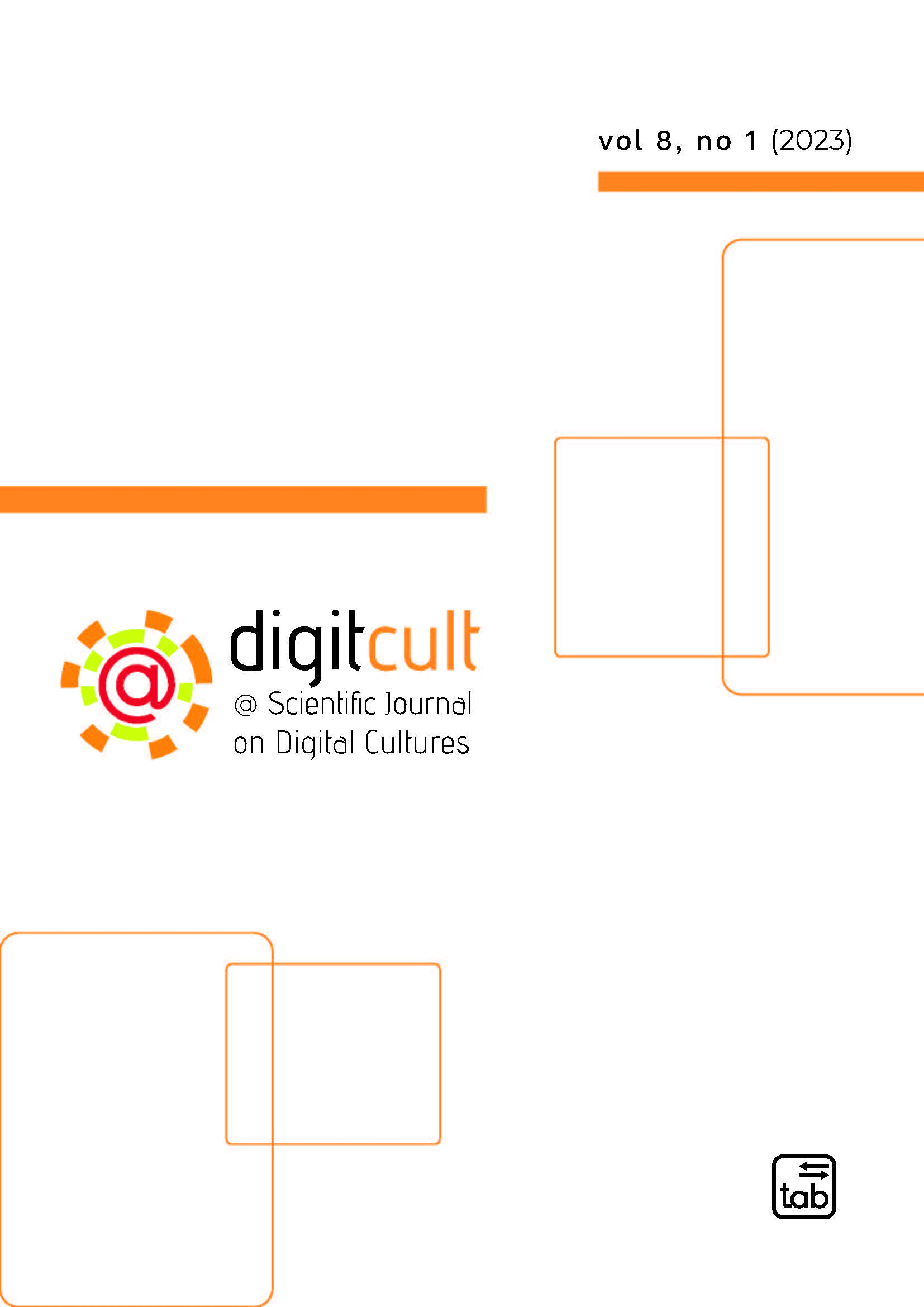The re-signification of gender practices in the advertising medium
Abstract
Through its discursive productions, narratives, codes, and meanings transmitted, the advertising medium can shape the construction of the sexual and gender identity of individuals, the perception that subjects have of themselves and of the otherness that surrounds them. As transmitters of social prescriptions, these media are spokesmen for norms, behavioural stereotypes, and interpretative habits that contribute to the articulation of the conceptual universe of a given community, concurring - along with the other devices of power - to the culturally and politically constructed definition of a male and a female universe. The aim of this research is to attempt to recognise the seductive character of advertising practice, unmasking precisely those "spazi di produzione e ricezione dei significati culturali" (Demaria, 2019, p. 280) in which individuals are immersed and by which they are constantly defined. An analysis is made of three commercials in which gender stereotypes are researched within the individual advertisements, aimed at confirming the reiteration of typical scripts and common conceptual universes, capable of orienting subjects towards the prototype of man and woman constructed and crystallised in society. These three commercials are subsequently compared to three advertisements belonging to the same brands but broadcasted in more recent years, in order to emphasise the resemantisation of the meanings transmitted and the change of course undertaken by the advertising paradigm, aimed at the representation of new narratives and new frames of meaning.
This journal provides immediate open access to its content on the principle that making research freely available to the public supports a greater global exchange of knowledge.
DigitCult is open access gold. Articles are published under a Creative Commons Attribution (CC BY-NC 4.0) licence to support maximum dissemination and use.
With the licence CC-BY, authors retain the copyright, allowing anyone to download, reuse, re-print, modify, distribute and/or copy their contribution. The work must be properly attributed to its author.
It is not necessary to ask further permissions both to author or journal board.



